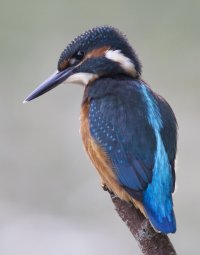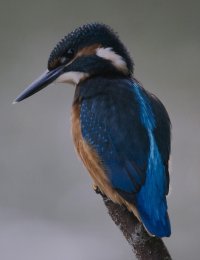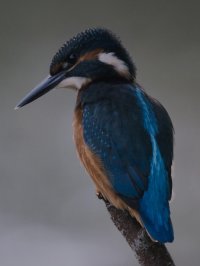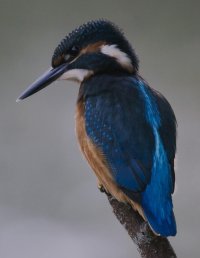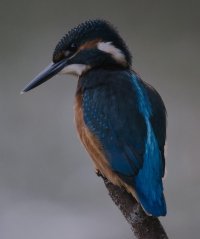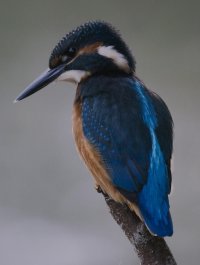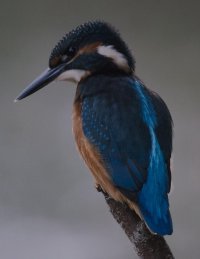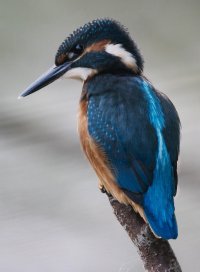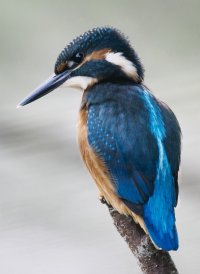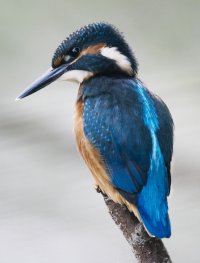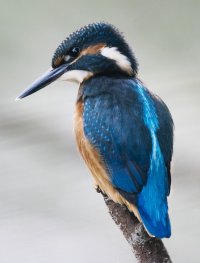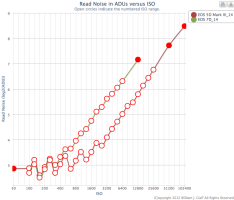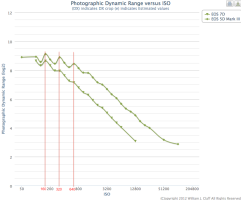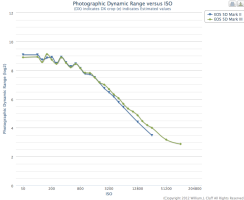My 5DIII is out of action while being repaired and so I have reverted to my old 7D. I am one of those hiker/bird photographers who uses the 300mm f/2.8 II + 2xTC III combination at 600mm for its relative lightness. The 7D autofocusses quite quickly with most lenses in general under all conditions. It is a bit slow with the 300mm f/2.8 II + 2xTC III for well-defined targets and fails for diffuse ones and hunts badly. Out of frustration, I tested a 70D in a shop with the 300mm f/2.8 II + 2xTC III and it was fine. The 70D is reputed to be less noisy than the 7D and slightly sharper (DxO tests give the figures). So I bought one.
Here is a brief review.
1. Most importantly, despite being described as having the same AF system as the 7D, the 70D works very well with the 300mm f/2.8 II + 2xTC III combo and appears to have a more consistent and faster AF. So, the over-riding consideration for me is fulfilled.
2. I prefer the screen and toggle switch of the 7D as I use the camera as a digital telescope in the field for identifying birds. But, the swivel touch screen of the 70D does have advantages.
3. The 70D lacks the spot focus of the 7D - it just has the "open square" in the viewfinder.
4. The weather here has been atrocious so field trials have been difficult. My impressions are that the 70D is indeed sharper than 7D at the extremes of resolution.
As there are so many variables under field conditions, I conducted a test under controlled conditions. I took a very sharp close-up of a kingfisher with my 5DIII in the summer and had a large size print made. So, I used the print as a target. I used the 300mm f/2.8 II without the TC for testing as it is so sharp and will not be the limiting factor in resolution at the distances used indoors. The lens was AFMAd using FoCal on both bodies prior to use.
This target photo had been taken at iso 1250, 1/320s and f/5.6 at 600mm on the 5DIII.
Here is a brief review.
1. Most importantly, despite being described as having the same AF system as the 7D, the 70D works very well with the 300mm f/2.8 II + 2xTC III combo and appears to have a more consistent and faster AF. So, the over-riding consideration for me is fulfilled.
2. I prefer the screen and toggle switch of the 7D as I use the camera as a digital telescope in the field for identifying birds. But, the swivel touch screen of the 70D does have advantages.
3. The 70D lacks the spot focus of the 7D - it just has the "open square" in the viewfinder.
4. The weather here has been atrocious so field trials have been difficult. My impressions are that the 70D is indeed sharper than 7D at the extremes of resolution.
As there are so many variables under field conditions, I conducted a test under controlled conditions. I took a very sharp close-up of a kingfisher with my 5DIII in the summer and had a large size print made. So, I used the print as a target. I used the 300mm f/2.8 II without the TC for testing as it is so sharp and will not be the limiting factor in resolution at the distances used indoors. The lens was AFMAd using FoCal on both bodies prior to use.
This target photo had been taken at iso 1250, 1/320s and f/5.6 at 600mm on the 5DIII.

